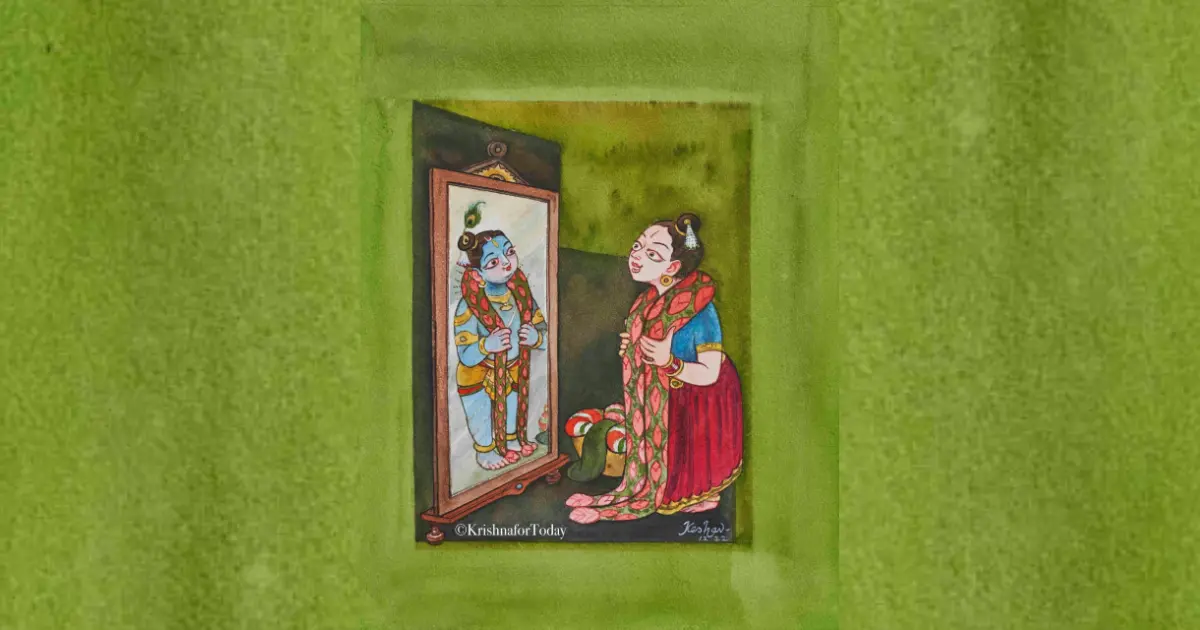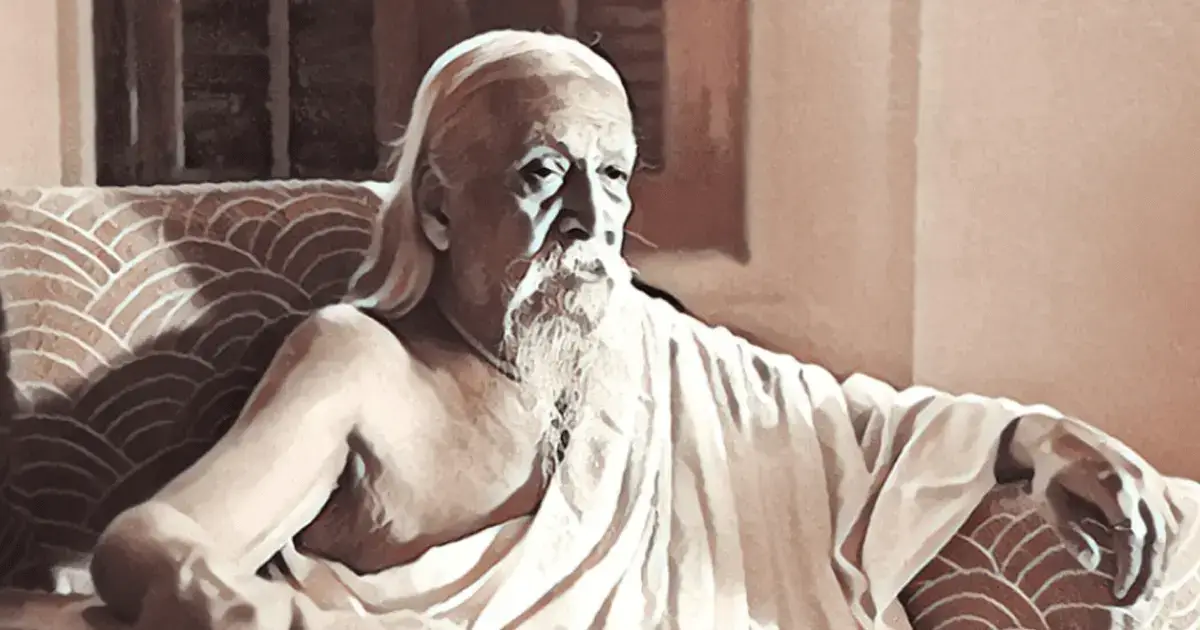In the auspicious month of Mārgaśīrṣa, known as Mārgazhi in the Tamizh calendar, a profound celebration venerates Āṇḍāḷ (alternatively, Āṇṭāḷ), or Godā Devī, the Eternal Bride, across the southern regions of Bhārat. This period, marking the transition from Dakṣiṇāyana to Uttarāyaṇa, witnesses the Sun's apparent northward journey, symbolizing a shift from a phase of rest to one of vibrant activity. This transition follows the Cāturmāsya period, spanning from Āṣāḍha to Kārtika, during which Śrīman Nārāyaṇa, or Mahā Viṣṇu, is believed to be in a cosmic slumber.
Mārgazhi Māsa, heralding the end of this celestial rest, is thus a time of profound spiritual significance
In Hindu culture, transitions or Sandhyās are revered as moments of immense potential, offering opportunities for deeper spiritual connection. Mārgazhi, akin to the Brahma Muhūrta of a day, is a potent period for deepening meditative practices and advancing on the spiritual path.
Tiruppāvai - The Sacred Song
The genesis of Tiruppāvai, set in the backdrop of Srīvilliputtūr, is a tale of divine intervention during a time of drought. The villagers, seeking Varuṇa Deva's blessings for rain, turn to the village maidens to observe a sacred Vratam. Emulating the Gopīs of Gokulam, these maidens, led by the devotion-filled Godā Devī, embark on a journey of Bhakti, envisioning themselves in the divine presence of Śrī Kṛṣṇa.
During this thirty-day Vratam, Godā Devī, also revered as Śrī Āṇḍāḷ, composes the Tiruppāvai, offering her poetic devotion to Śrīman Nārāyaṇa. Her divine poetry elevates her to the status of an āzhvār. Her father, Viṣṇucittar, none other than Periyāzhvār, serving at the Vaṭapatraśāyi Temple, offers garlands of flowers (pūmālai) to Śrī Viṣṇu, but it is Āṇḍāḷ's Pāmālai, her garland of pāsurams and words, that is believed to be dearer to the Lord.
The verses of Tiruppāvai, rich in rhythm and spiritual depth, encapsulate the essence of the Vedās and the profound mysteries of the Viśiṣṭādvaita Darśana. They are recited with great delight and even performed to this day especially in the state of Tamil Nadu.
The Awakening by Śrī Godā Devī
Śrī Godā Devī composes verses known as pāsurams first waking up her fellow maiden friends from their slumber; then later verses which playfully wake up the Lord Himself from his slumber and call him to complete his morning bath in the river. The final pāsurams praise Him with great devotion.
In awakening her friends and calling them to come with her, Godā Devī implores them to give up their inertia, inactivity and stagnation and come along with her to pay obeisance to Śrīman Nārāyaṇa.
A central theme in Hindu philosophy is the awakening to the Divine. In Viśiṣṭādvaita tradition, as expounded by Śrī Rāmānujācārya, this awakening is directed towards the pure and flawless Nārāyaṇa. Tiruppāvai, often recited by Rāmānujācārya, invites spiritual seekers to shed inertia and embrace the path of Bhakti.
Garlanding the Divine with the Self
Hindu thought venerates the Divine as the ultimate source of all creation. The Advaitic perspective sees this Divine as the all-encompassing essence, beautifully articulated in the Mahāvākyas “Aham Brahmāsmiand “Tat Tvam Asi. However, the Viśiṣṭādvaita philosophy, recognizing the potential misinterpretations of Advaita, introduces the Tattvatraya concept. This concept not only acknowledges the existence of Īśvara, the pure divine force, but specifically also the interplay of Cit (sentient) and Acit (insentient) entities, all pervaded by the Divine.
In this context, the relationship between the Jīvātma and Paramātma is explored. While acknowledging the unity of all in Brahman, Viśiṣṭādvaita posits a special form (Viśeṣa Rūpa) of the Paramātma.
This profound narrative is further illuminated through the story of Śrī Godādevī. Her father, Śrī Viṣṇucitta, would daily adorn Śrīman Nārāyaṇa with exquisite garlands at their temple. On a fateful day, Śrī Godādevī, enveloped in a state of deep imaginative union, adorned herself with the garland designated for the Lord. In this act, she experienced an indistinguishable unity with Śrīman Nārāyaṇa, embodying Sāmaśleṣaṇa Bhāva – the profound, imaginative experience of oneness with the Divine.
Upon discovering his daughter's actions after finding a hair in the garland that was meant to adorn Śrīraṅganātha, Viṣṇucitta was engulfed in worry, for such an act was unthinkable. The thought of offering the same garland, now worn by a mortal, to Śrīman Nārāyaṇa seemed inconceivable.
It is then recounted that Viṣṇucitta was graced with a divine vision. In this dream, Śrīman Nārāyaṇa Himself instructed him to offer the very garland worn by Godādevī, and to send his daughter to Him the next day. This divine directive symbolizes the profound journey of the Jīvātma towards the Paramātma, a journey made possible through the path of Bhakti. The Jīvātma, yearning to overcome the pangs of separation from the Paramātma, seeks a complete and sacred unification with the Divine. Āṇḍāḷ is decked up as a bride by her father and taken to Śrīraṅgam, where she merges with the Lord as His rightful consort, an incarnation of Bhūdevi herself.
This yearning and its fulfillment are celebrated with great reverence during the auspicious month of Mārgaśīrṣa (Mārgazhi). Devotees and seekers from all backgrounds wake up before sunrise and chant the garland of pāsurams composed by Godādevī Herself, awakening her friends and playmates just as She did, and finally awakening the Lord Himself from his slumber, too.
Sevā and Satsaṅga
In the rich tapestry of Śrī Vaiṣṇava Sampradāyas, there is a profound emphasis on the collective odyssey towards the Divine. This sacred journey towards union with the Divine is envisioned not as a solitary endeavor but as a vibrant, inclusive celebration that transcends societal divisions of class and status. Śrī Āṇḍāl, in her inspirational act of uniting the maidens in her divine quest, beckons fellow Bhaktas to partake in this path of devotion alongside a harmonious community.
Furthermore, the concept of selfless service, or sevā bhāva, holds a place of paramount importance in this festival. The coming together of the community to observe a vrata — aimed at alleviating a collective crisis — mirrors the deeply ingrained essence of Bhakti in this culture. This communal spirit, fostering unity and selflessness, is a testament to the profound spiritual ethos that underpins the Śrī Vaiṣṇava tradition.
References and Footnotes
- Thiruppavai by D. Rama Swamy Iyengar, 1967, 2nd Edition OCR
- Andal's Thiruppavai by T. Raghavaiah, English Translation
- Photo Credit: The hero image for this article is a painting by artist Śrī Keshav Venkataraghavan.






